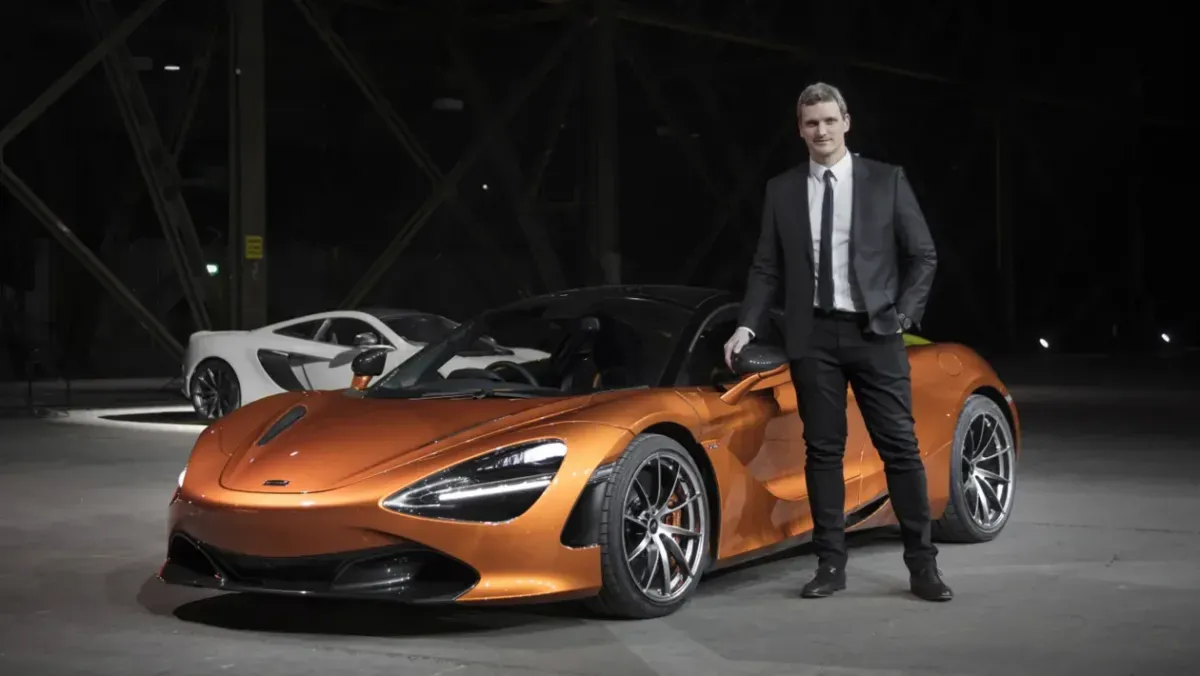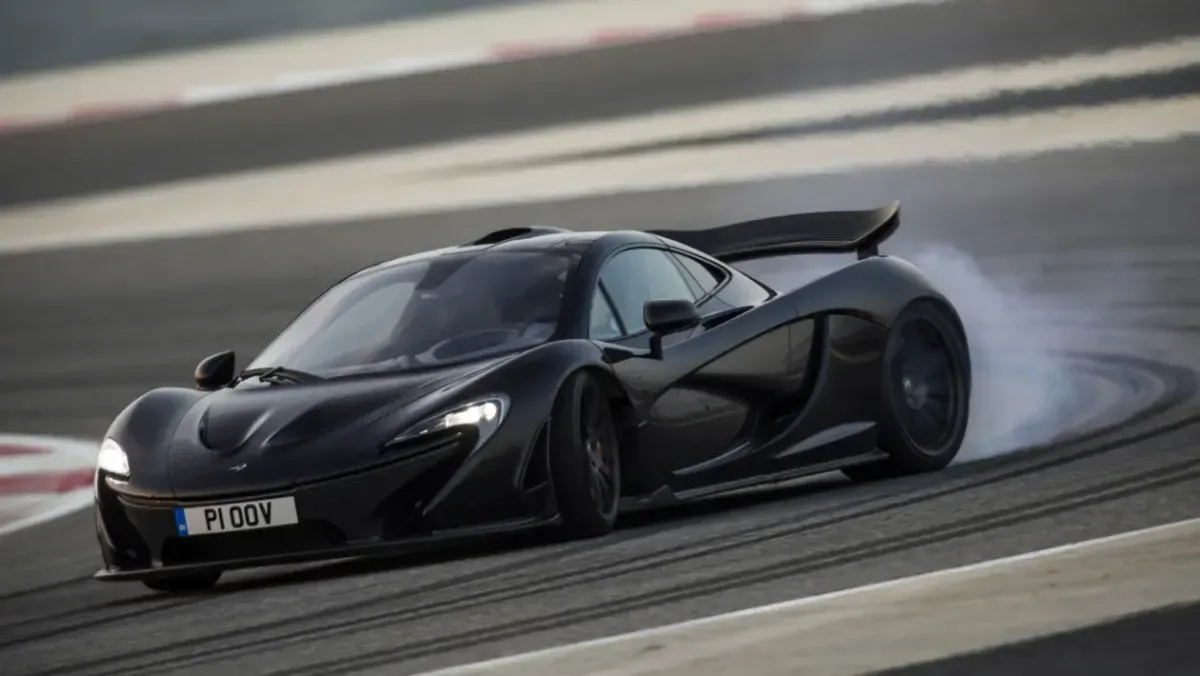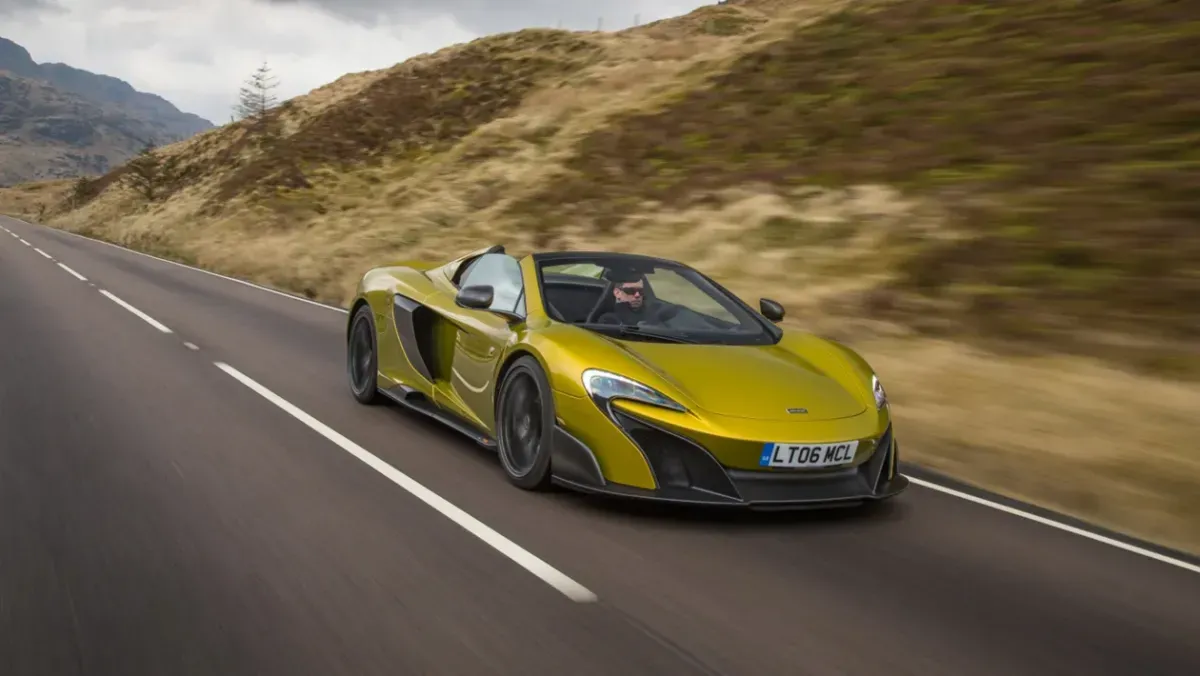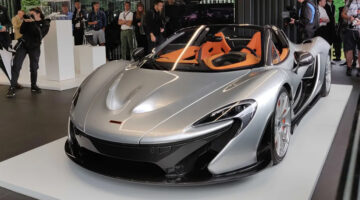Big changes are due for McLaren’s design team, with Rob Melville ending his tenure at the top
McLaren’s design director Rob Melville has moved on after 5 years leading the design team and a total of 12 years working for the company in other design roles. No information about Melville’s successor has been released by McLaren, but evo understands that his deputy will take over in the interim.
Melville has been credited with helping form McLaren’s distinctive design language, one that’s slowly been in constant evolution since the P1 hypercar that debuted at the 2012 Paris motor show. Over the years, it has been applied up and down the range, from the 570S sports car, 720S supercar and right up to the more diverse Ultimate Series cars like the Senna and Speedtail.
McLaren’s series-production models have been criticised for not looking diverse enough, something that’s always difficult to do when the packaging between models is so similar. This has never been more acute than in the new Artura, the all-new supercar model that introduces both an all-new generation of McLaren product, and the first new powertrain since the MP4’s original Ricardo-built V8.
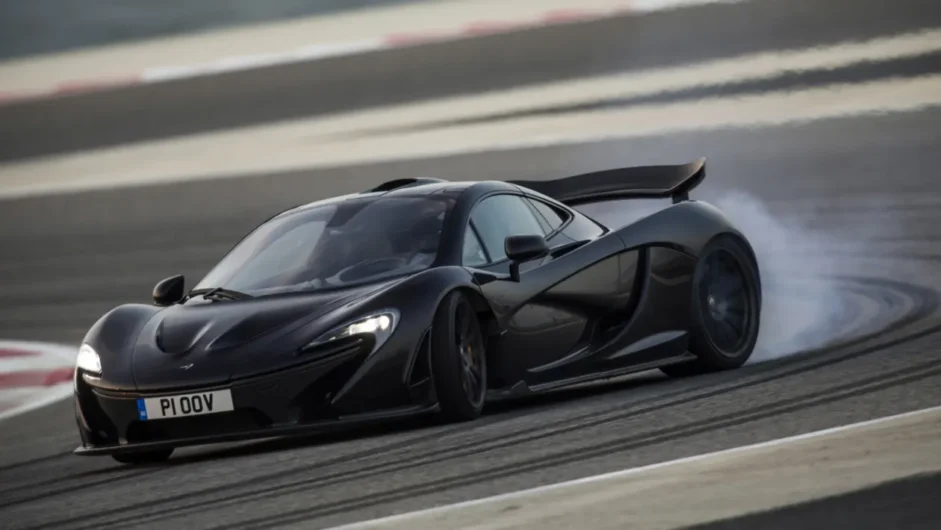
These personnel changes coincide with a whole suite of movements in McLaren leadership across the business, with Mike Flewitt being replaced as CEO by ex-Ferrari chief technical officer Michael Leiters, and Michael Macht’s appointment as non-executive chairman. Together with new design leadership, it should usher in a new level of confidence at a time when the company is in a perilous situation after being hit hard by challenges surrounding the pandemic, and the delayed launch of the new Artura.
Rumours of a potential buy-out by one of the big German OEMs have softened over the past few months, but technical partnerships remain on the table, such as an expansion of BMW’s deal to supply the hybrid components that are used in the new Artura.
Whatever path McLaren will take moving forward, it’s clear that changes will manifest themselves in the products we see in the next few years.
This article originally appeared at evo.co.uk
Copyright © evo UK, Autovia Publishing

